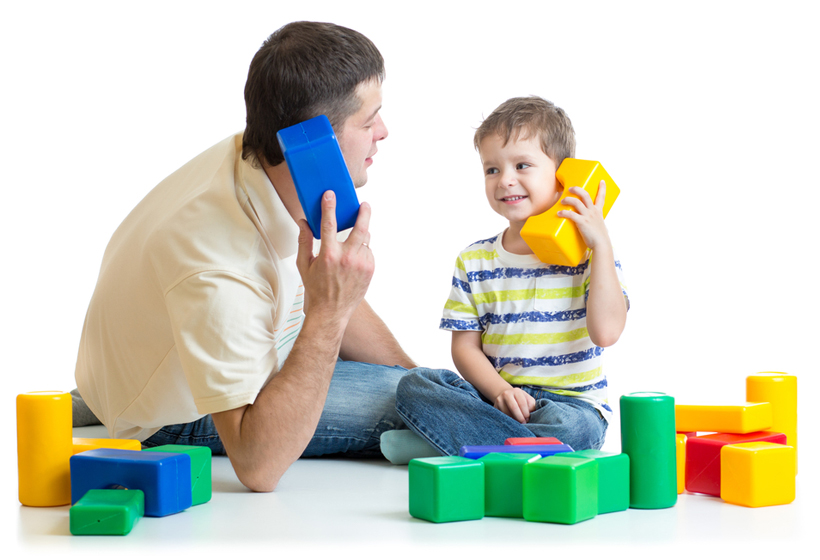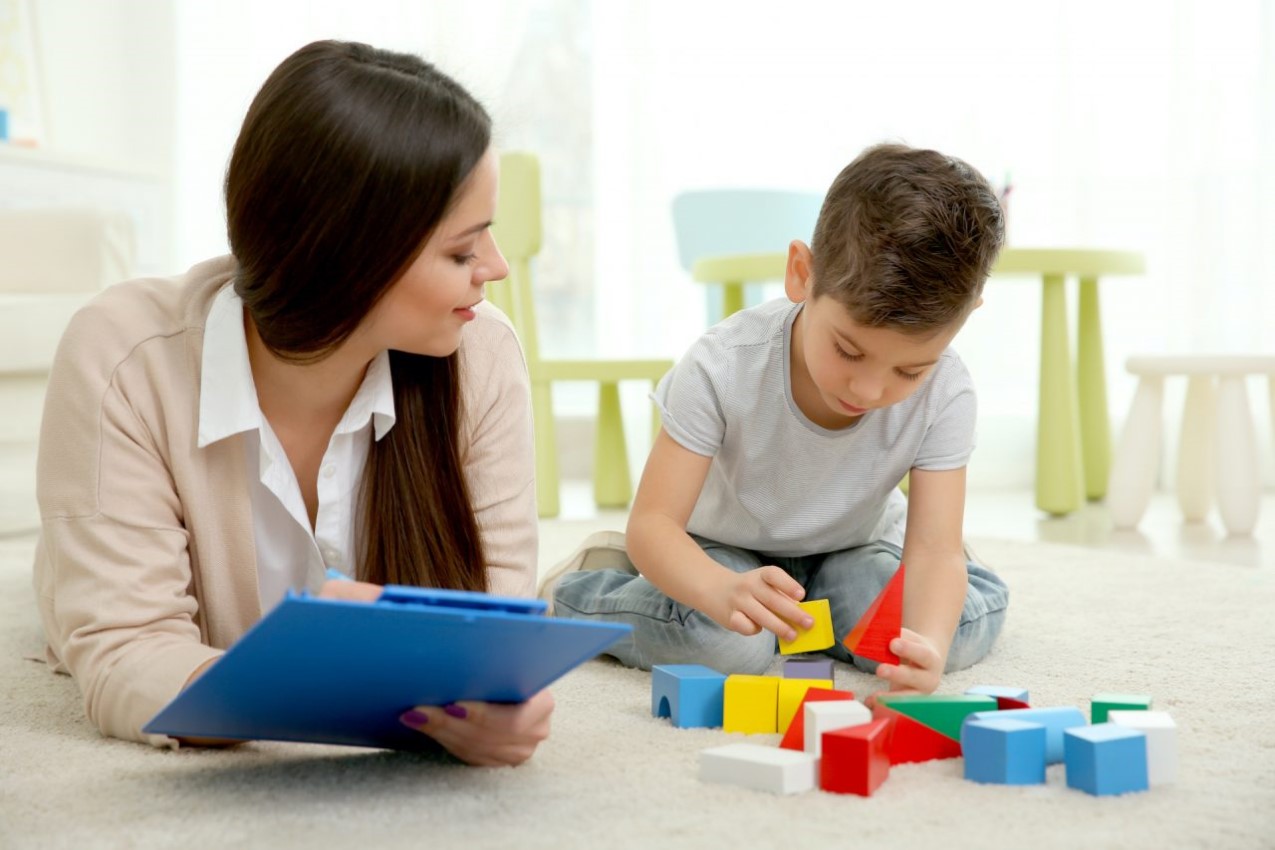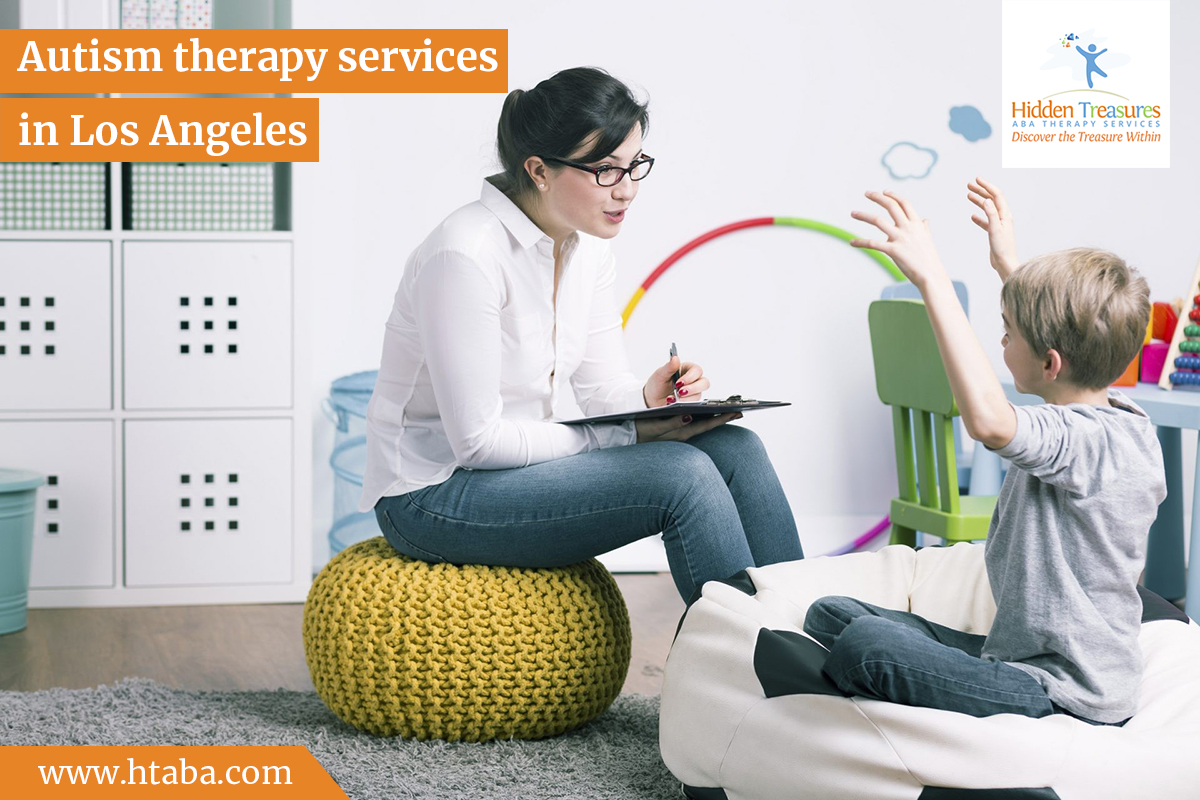Developing Early Communication Skills in Children with Autism
Children with autism communicate in a unique way. Applied behavior analysis therapy can be beneficial for them. Parents have a natural desire to understand their children's needs and desires. Our children, like all of us, want to be understood. As a result, one of the most difficult aspects of autism is the development of early communication skills in children.
Question 1 - How Do I Teach Communication Skills to My Autistic Child?
Answer - Repetitive or stiff vocabulary, narrow interests, uneven language development, and poor nonverbal communication abilities define the speech of children with autism. As parents, we must interpret our children's distinct ways of expressing themselves while simultaneously teaching them more effective communication methods. With effective ABA therapy, skilled support staff, and patient family members, children with autism improve their early communication abilities step by step.
Early Communication Characteristics in Children with Autism
Children with autism have a wide range of language abilities. Some young people, especially when discussing a topic of interest, may be verbally fluent. Others may still be learning how to speak words aloud, relying on gestures or technology to communicate their requirements.
Many autistic children have difficulty listening and making eye contact with others. When directed, they may not focus on an object or person, and their body language may be unusual. They have a hard time communicating their wants and feelings, as well as comprehending what others are saying.
Answer - Repetitive or stiff vocabulary, narrow interests, uneven language development, and poor nonverbal communication abilities define the speech of children with autism. As parents, we must interpret our children's distinct ways of expressing themselves while simultaneously teaching them more effective communication methods. With effective ABA therapy, skilled support staff, and patient family members, children with autism improve their early communication abilities step by step.
Early Communication Characteristics in Children with Autism
Children with autism have a wide range of language abilities. Some young people, especially when discussing a topic of interest, may be verbally fluent. Others may still be learning how to speak words aloud, relying on gestures or technology to communicate their requirements.
Many autistic children have difficulty listening and making eye contact with others. When directed, they may not focus on an object or person, and their body language may be unusual. They have a hard time communicating their wants and feelings, as well as comprehending what others are saying.
Question 2 - How ABA therapy in Los Angeles can help my kid with autism in communication?
Answer - ABA therapy has been found in numerous trials to improve early communication skills in children with autism. A Board Certified Behavior Analyst's purpose is to discover the function, or reason, for a child's language, and then develop a personalized plan to teach the various aspects of language under the appropriate settings. The therapist might concentrate on one or more of the following language behavioral classifications:
- Hearing and responding to others' words is referred to as receptive language.
- Conversational discourse, or intraverbal language
- Tact is the process of identifying and classifying items.
- The act of asking a desired object is known as mand.
- Textual, or the act of reading words
The ABA trained therapists utilize intelligent and developmentally appropriate techniques to address early communication skills in children with autism. Negative behaviors are reduced, while positive behaviors such as communication, eye contact, and paying attention are encouraged, thanks to the quantifiable and achievable goals. Children learn that the learning environment is an enjoyable, safe, and rewarding place to try out new communication approaches.
For the parents and siblings of a young child with autism, life can be daunting. Teaching a child with autism obedience, coping skills, and flexibility – all critical qualities in a family unit – can be difficult. Early on, bringing in a skilled ABA therapist can help to reduce some of these conflicts.
They will teach parents how to integrate and enhance the lessons developed in treatment to their child's home, school, and society. He or she can offer a wealth of experience and skill on the riddle of autism, assisting family members in comprehending the illness that affects so many people's lives.






Comments
Post a Comment